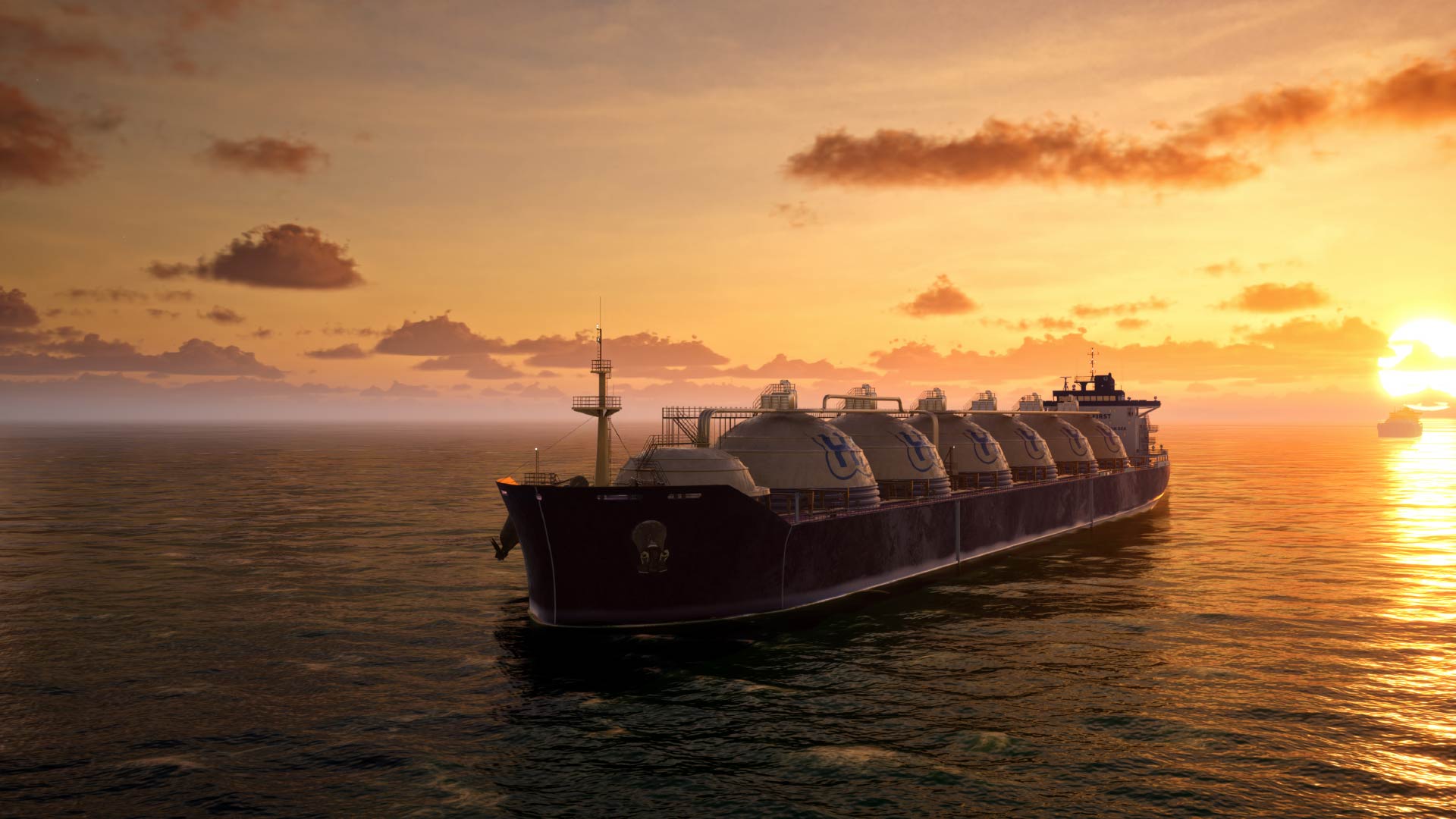Novel Carbon Dioxide Removal Won’t Put A Dent In Global Emissions Until After 2040
New Verdantix analysis reveals novel carbon dioxide removal (n-CDR) technologies will fail to scale in the next 15 years, due to limited voluntary demand. The long-term prospects for n-CDR rest on regulators creating compliance demand to stimulate market growth.
n-CDR is one of the most exciting technology markets to emerge from the climate action wave of the early 2020s (see Verdantix Market Overview: Carbon Dioxide Removal Technologies). In 2013, investors deployed just $4 million of capital towards n-CDR; in 2022, investment peaked at $1.5 billion. This investment has led to a Cambrian explosion of different technological approaches – from burying charcoal on the simple end, to capturing CO2 from the atmosphere and depositing it deep in the lithosphere – with providers clamouring to scale and return a profit.
While investors want capital returns, the climate needs scale – and fast. Despite huge corporate purchases from the likes of Microsoft, made in the name of decarbonization targets, the industry as a whole is removing only thousands of tonnes a year. And the climate needs tens of millions of tonnes removed, according to IPCC projections.
If the industry is to scale to a gigatonne level, providers will need capital to expand capacity. VC investors provided enough runway to get providers up and running, but now the main capital source is from future purchase agreements; essentially an investment mechanism promising buyers access to removals at a pre-agreed price. In January, Zurich Insurance purchased 17,500 tonnes from biochar producer Nellie technologies, to be delivered over the next five years. Other big buyers include Google, Microsoft and Stripe; only technology firms with relatively low emissions intensity can afford prices of up to $500 per tonne.
The downside of this financing model is that growth is proportional to purchases. Beyond a relatively small coterie of buyers, most organizations can’t justify the spend – and are wary of reputational risk, as afflicts the VCM at large. Unless significant demand materializes, the n-CDR industry will play only a bit-part in climate mitigation solutions. With voluntary demand limited, the fate of n-CDR rests on another demand driver: compliance.
Integrating n-CDR within various regulatory and policy frameworks is the strongest potential demand driver for CDR. This demand would materialize through the inclusion of n-CDR in carbon pricing mechanisms, such as emissions trading schemes (ETS), carbon taxes and carbon border adjustments. This is a potentially enormous demand driver for n-CDR; California’s Cap-And-Trade programme has generated over $28.3 billion in revenue alone.
Compliance requirements for n-CDR would artificially stimulate demand, supporting scalable growth for providers. But, as of 2025, government moves to integrate n-CDR into compliance schemes are limited; only Switzerland has made significant steps. If we adopt an IPCC 1.5°C target, we’ve run out of time for n-CDR to hit gigatonne scale by 2050. It’s an industry that will hit its stride as the world warms to a 2°C and beyond scenario.
For more information, see Verdantix Strategic Focus: The Future Of Carbon Removal Technology To 2040.
About The Author

Connor Taylor
Principal Analyst





